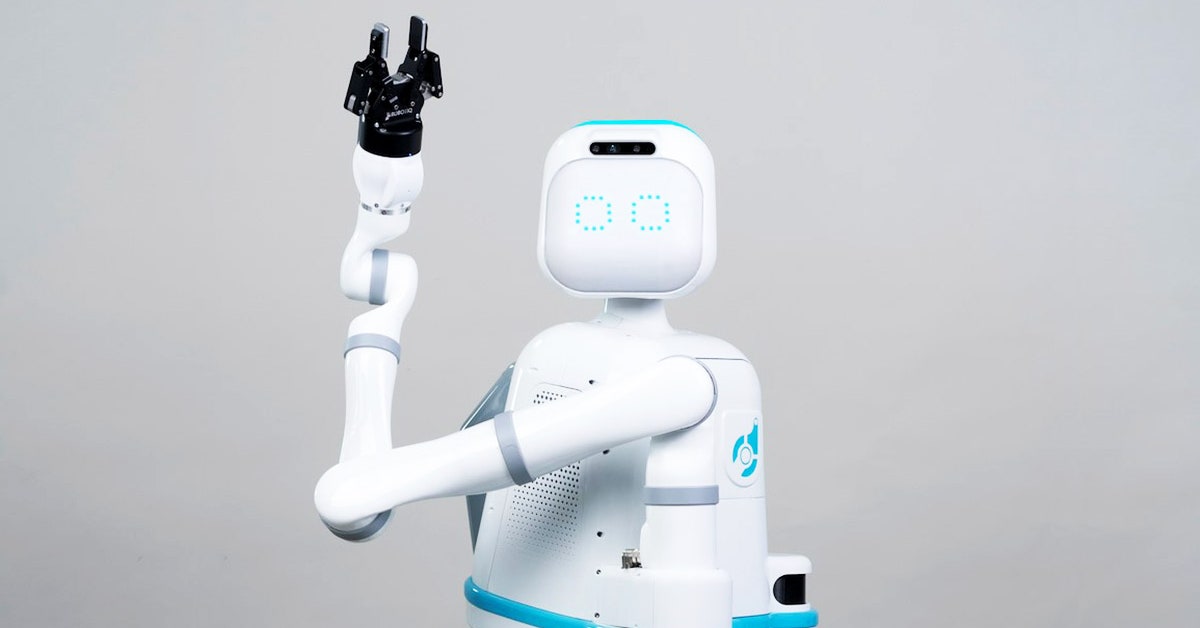Since February, the nurses at Mary Washington Hospital in Fredericksburg, Virginia have had an additional assistant on their duty: Moxi, a six-foot-tall robot that carries medicines, supplies, lab samples and personal items through the hallways, from floor to floor. After two years of battling Covid-19 and related burnout, it was a welcome relief.
“There are two levels of burnout: there’s a ‘we’re running short this weekend’ burnout, and then there’s a pandemic burnout, which our healthcare teams are now experiencing,” said Abigail Hamilton, a former ICU. and emergency nurse who manages the nursing staff support programs in the hospital.
Moxi is one of many specialized delivery robots that have been developed in recent years to relieve the pressure on healthcare workers. Even before the pandemic, nearly half of US nurses believed their workplace lacked work-life balance. The emotional toll of watching patients die and infecting colleagues on such a large scale – and the fear of bringing Covid-19 home to the family – has exacerbated the feeling of burnout. Studies have also shown that burnout can have long-term consequences for nurses, including cognitive effects and insomnia, years after their early career exhaustion. The world was already short of nurses during the pandemic; now about two in three nurses in the US say they have considered leaving the profession, according to a survey by the National Nurses United union.
In some places, the shortage is leading to higher wages for permanent staff and temporary travel nurses. In countries like Finland, nurses demand better wages and go on strike. But it has also paved the way for more robots in healthcare facilities.
At the forefront of this trend is Moxi, who has seen the pandemic roll down the corridors of some of the country’s largest hospitals, transporting items such as a smartphone or beloved teddy bear to patients in the emergency room as the Covid-19 protocol held off relatives. of bedside tables.
Moxi was created by Diligent Robotics, a company founded in 2017 by Vivian Chu, a former Google X researcher, and Andrea Thomaz, who developed Moxi while working as an associate professor at the University of Texas, Austin. The roboticists met when Chu advised Thomaz at Georgia Tech’s Socially Intelligent Machines Lab. Moxi’s first commercial deployment came months after the start of the pandemic. About 15 Moxi robots are now operational in US hospitals, with another 60 scheduled to be deployed later this year.
“In 2018, every hospital that thought about working with us was a special project for the CFO or an innovation project about the hospital of the future,” said Andrea Thomaz, CEO of Diligent Robotics. “What we’ve seen over the past two years is that almost every healthcare system is thinking about robotics and automation, or has robotics and automation on their strategic agenda.”
In recent years, various robots have been developed to perform care tasks, such as disinfecting hospital wards or assisting physiotherapists. Human touch robots, such as Robear, which lifted the elderly out of bed in Japan, remain largely experimental, partly due to liability and legal requirements. Much more common are specialized delivery robots.

